Bermuda grass hay| Bermuda Hay
Bermuda grass hay is a popular choice among livestock owners and agricultural enthusiasts for its nutritional value and versatility. It is derived from the Bermuda grass plant (Cynodon dactylon), known for its dense growth and ability to thrive in various climates. Bermuda grass hay is harvested at its peak maturity to ensure optimal nutritional content and palatability for livestock consumption.
All Bermuda grasses originated in Africa with Giant Bermuda grass hay being high on the feeding scale in regards to digestibility.
How to Recognize Bermuda Hay
Giant Bermuda grass hay blades are grey-green in color. The erect stems can grow 10 to 35 inches tall. The stems are slightly flattened, often tinged purple in color. The seed heads are produced in a cluster of 3-7 spikes (rarely 2) together at the top of the stem, each spike 2 inches long. It has a deep root system. In winter the grass becomes dormant and turns brown. Growth is promoted by full sun & hindered by full shade.
Coastal Bermuda can cause impaction. Coastal Bermudagrass hay is excellent pasture feed. It has a tendency to be ropy if baled mature and this can cause impaction. It is considered empty calories if not cut young and fertilized properly.
Harvesting and Cuttings Bermuda grass hay
Giant Bermuda Hay is nutritious when cut and baled for horses with proper management and fertilizer program. Giant Bermuda grass hay is usually cut and baled for horses on a consistent monthly cycle. A swather cuts the grass and arranges it in windrows. After the grass has dried, a tractor pulling a baler collects the hay into bales. In most climates, Bermuda is cut three to four times a year but is harvested up to 6 to 8 times per year in Southern California. Yields vary with region, weather, and the crop’s stage of maturity and fertilizer management.
Bermuda grass hay Bale Sizes
There are several types of bales commonly used for Bermuda hay. For small animals and individual horses, the Bermuda is baled into small “square” bales actually rectangular, and typically about 14 in x 18 in x 38 in. Small square bales weigh from 50 – 70 pounds and can be easily hand separated into “flakes.” Cattle ranches use large round bales, typically 4 to 6 feet in diameter and weighing from 1000 to 2000 lb.
Recommended For
We often recommend Giant Bermuda in conjunction with alfalfa for back yard horses and horses in training programs. Giant Bermuda hay is excellent for foundered and obese horses. Giant Bermuda hay is a good choice for horses that require a low protein and calcium diet, and it is a good choice for ponies and donkeys. We also recommend Giant Bermuda hay for horses that are confined to a stable and have created bad habits as a keep busy hay.
NOT Recommended For
Horses and animals that are impaction prone, and are underweight. Horses are pasture animals. Their normal activities include grazing anywhere from 15-18 hours a day. Problems can arise in horses that are confined to stalls for long periods of time with no hay available to them.
Kicking
Stabled horses may resort to kicking due to boredom or hunger. Horses that learn to kick can quickly destroy your stable. One way to decrease this kicking behavior is free feeding Giant Bermuda grass hay or Timothy hay on the ground so your horse can be as close to his natural state as possible.
Box Walking
A Horse will continuously walk around their stall in circles due to boredom. This causes damage to ligaments and joints. To decrease this behavior offer more turn out time. If your horse must be in a stall, we recommend free feeding Giant Bermuda or Timothy hay for additional chewing time & offer toys.
Cribbing
Often caused by boredom, horses will set their incisors into a horizontal object, arch their neck and pull backwards, swallowing air. This causes a release of endorphins and can be very addictive. Cribbing can lead to weight loss, gastric colic, and excessive tooth wear. We recommend free feeding Giant Bermuda or Timothy because of the extended chewing time. It will help keep them busy and closer to their
The Advantages of Giant Bermuda grass Hay
- Recommended by Veterinarians
- The perfect hay for the equine athlete
- Can be fed as a complete diet
- Blister Beetle free
- More digestible than coastal Bermuda grass hay and does not burn calories to digest.
- Perfect for horses that are protein sensitive
- Can be free fed and help bad stall habits
- Excellent for foundered horses
- Excellent for horses that are obese
- Excellent for horses that are allergic to legume hays
- Feeding Recommendations
When changing any horses diet we recommend consulting your veterinarian. Generally speaking, give 2.5% forage / feed per 100# of body total body weight per day. All horses have different needs, So, a 1,000 pound horse would have 25 pounds of hay. This varies greatly, depending on the amount of work the horse is asked to do, and on the type of hay that is fed. It is best to allow horses to cont.
eat free-choice hay throughout the day to promote the health of their digestive systems.
Horses need minerals.
Giant Bermuda grass hay is an excellent choice. Free feed loose minerals as their body requires.
Hay or grass is the foundation of the diet for all grazing animals. Hay is usually fed to an animal in place of allowing the animal to graze on grasses in a pasture, particularly in the winter or during times when drought or other conditions make pasture unavailable.
If space is a problem, you can depend on Hay Estate Inc.
We stock premium horse quality hay, in Weatherford Texas year round. There are no minimums and we load your truck! Hay sold by the bale. No need to hunt hay ever again!
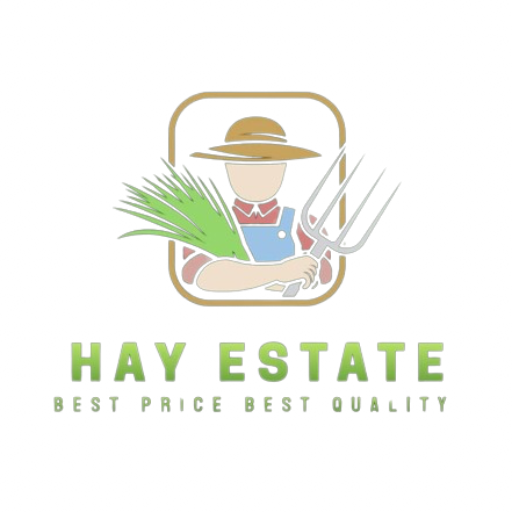
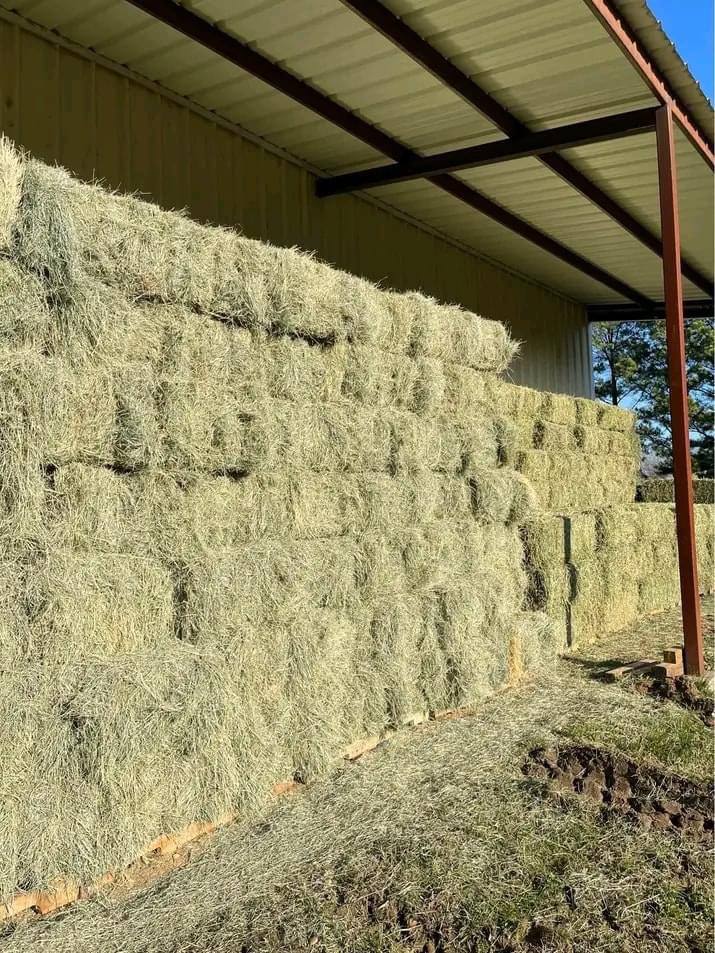
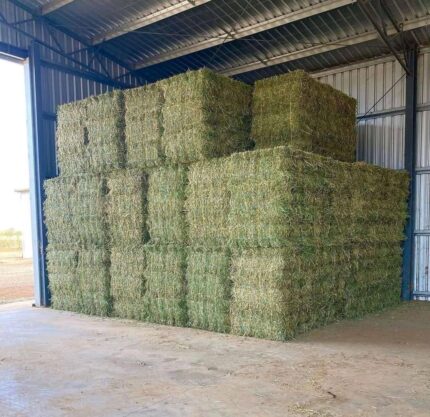
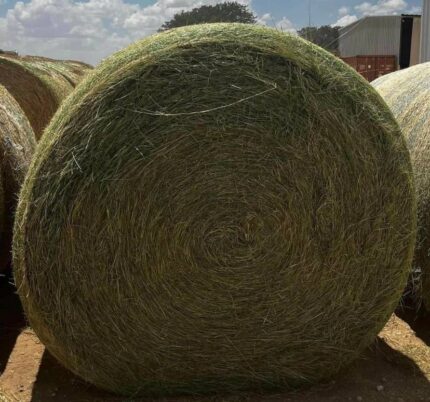


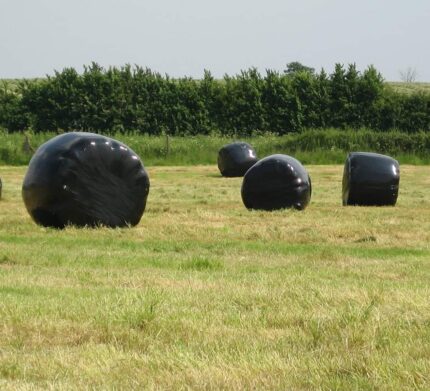
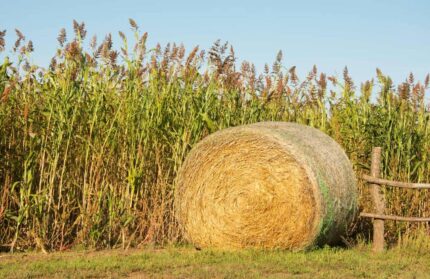
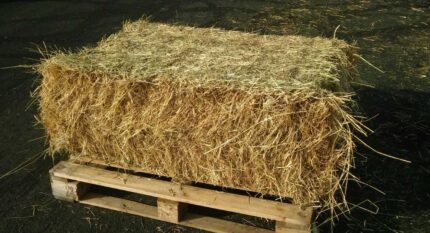
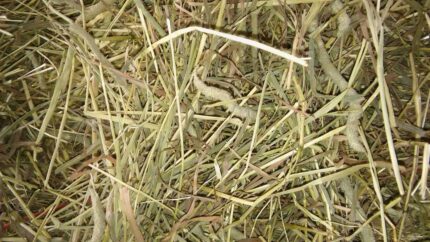
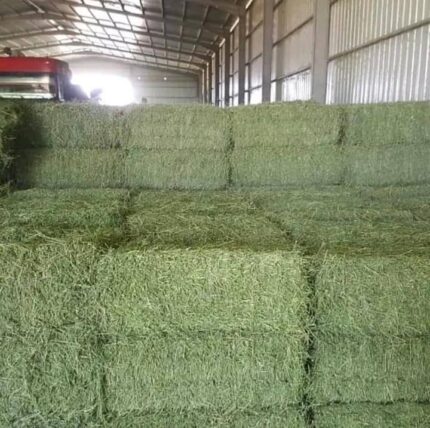
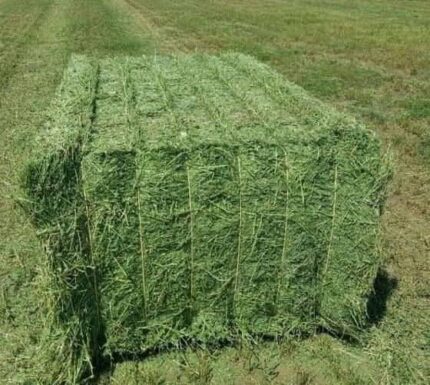
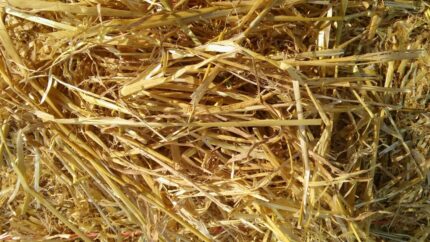
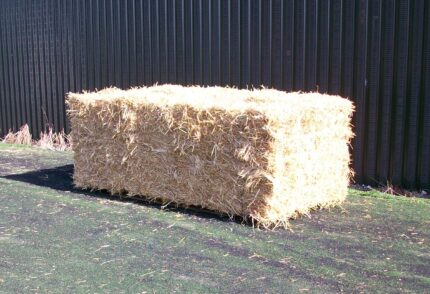
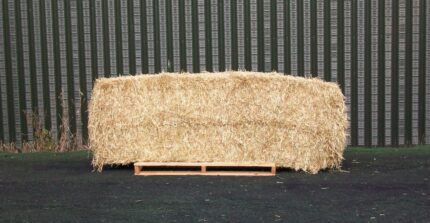
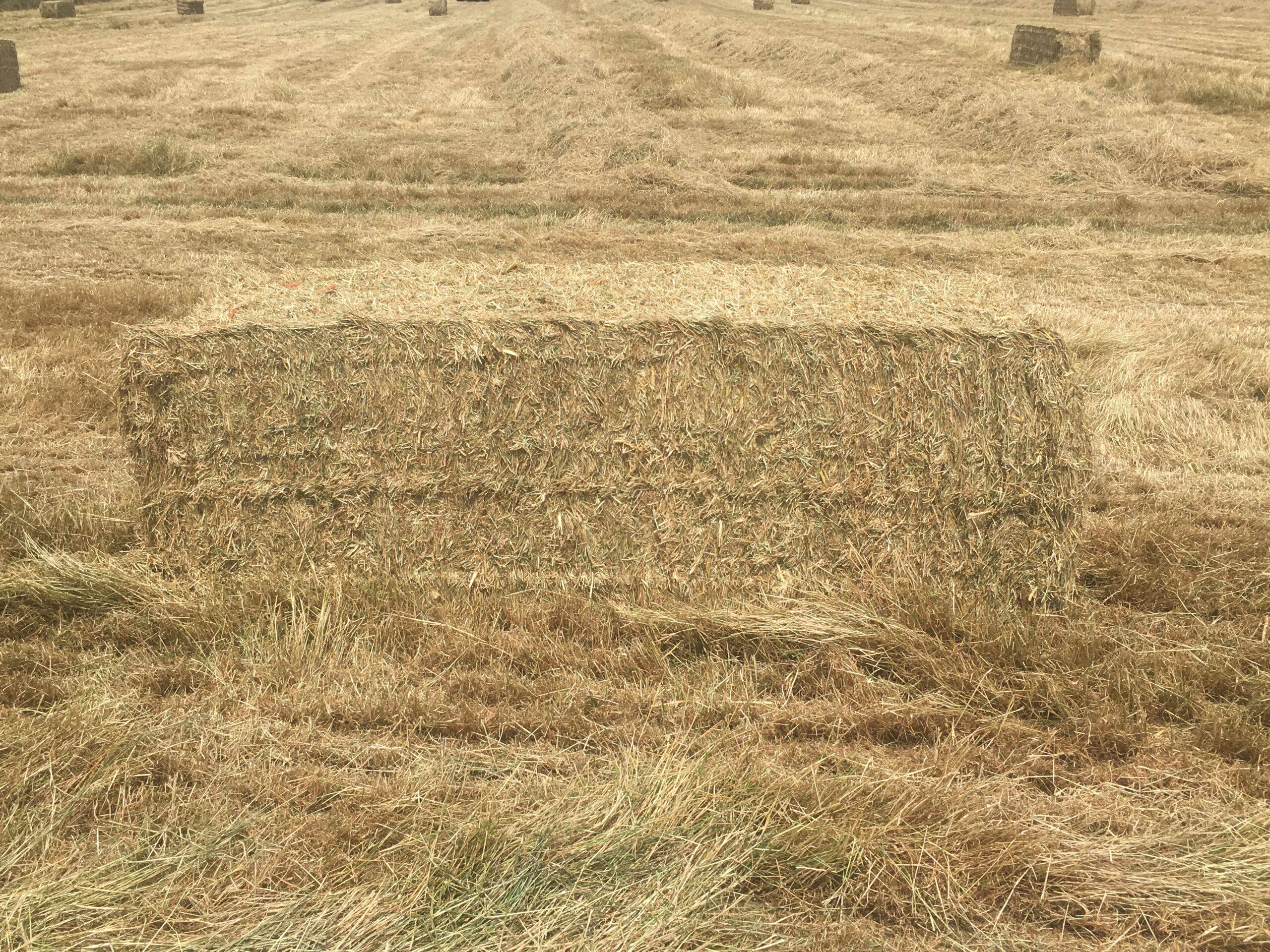
Reviews
There are no reviews yet.